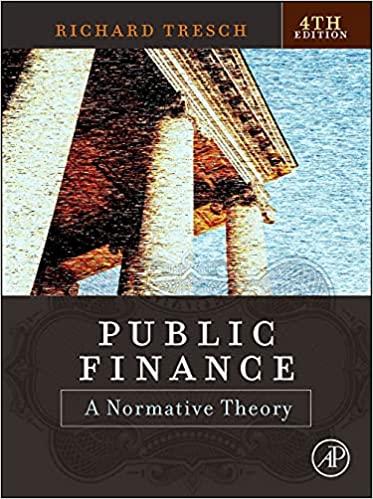




Montgomery Corporation 104 Montgomery Corporation In January 2016, the board of directors of Montgomery Corporation, one of the nation's largest retail store chains, was having its regularly scheduled meeting to establish and declare the next quarterly dividend. (Statements for the firm and industry are shown in Figures 1 and 2.) However, this meeting wasn't so regular. One of the directors, Sidney Mobler, who was also a vice president in the company and chief financial officer, had brought a guest: Don Jackson, a financial analyst. Don had spent a considerable amount of time in the finance department and more than a few hours in Mr. Mobler's office developing a proposal concerning the company's dividend policy. He had finally convinced Mr. Mobler to allow him to present his idea to the board explain. Up to now our policy has been to pay a constant dividend every year, while increasing it occasionally to reflect the company's growth in sales and income. The problem is, that policy takes no account of the investment opportunities that the company has from year to year. In other words, this year we will use most of our net income to pay the same, or a greater, dividend than last year, even though there might be company investments available that would pay a much greater return if we committed the funds to the firm's investments instead. In effect, the stockholders are being shortchanged: They will realize perhaps a 6 percent yield on their investment as a result of receiving the dividend, when they could realize a 12 percent or higher return as a result of the company's return on its investments. I see this as a serious shortcoming in the management of the stockholders' funds. "Ladies and gentlemen," Don began, after being introduced by Mr. Mobler, "I'II skip the preliminaries and get right to the point.I think that Montgomery's dividend policy is not in the best interest of the stockholders Observing the rather chilly stares from around the room, he hastened on: "Now I don't mean we have a bad policy, or anything like that; it's just that I think we could do an even better job of increasing our stockholders' wealth with a few small changes." He paused for effect. "Let me "Now, fortunately, correcting this situation is not difficult. All you have to do is adopt what is called a residual dividend policy. That is, each year the firm would allocate money from income to those capital spending projects for which the return-that is, IRR-is greater than the cost of capital. Any money that is not used in the capital budget would be paid out to the stockholders in the form of dividends In this way the firm would ensure that the stockholders' money is working the hardest way it can for them











